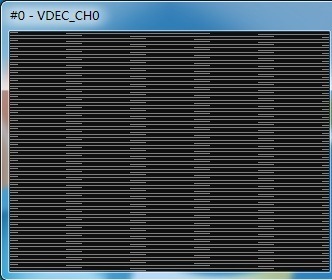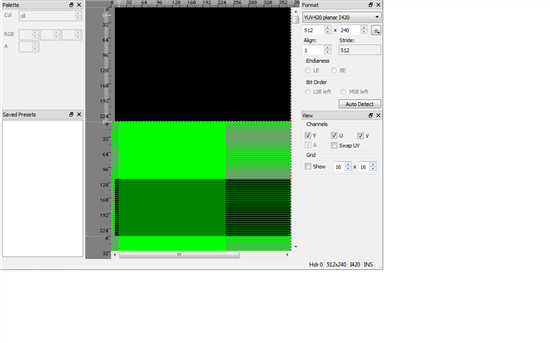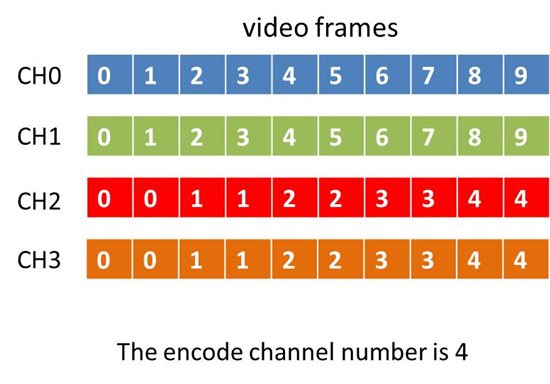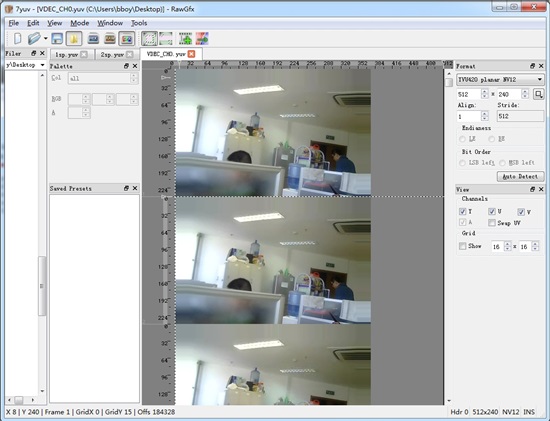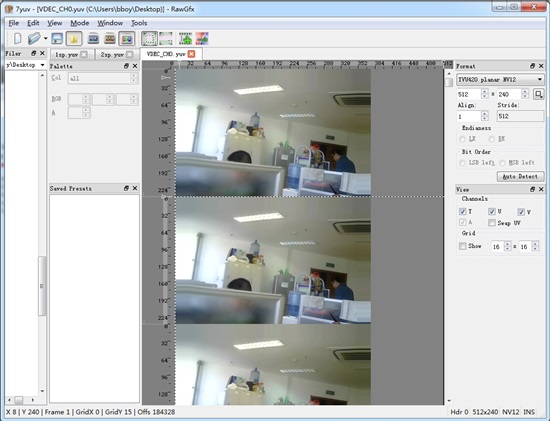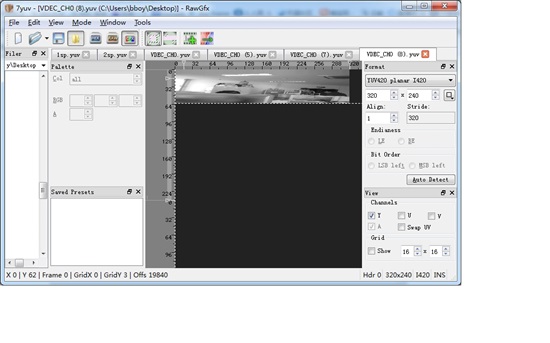Hi,
In mcfw the CapLink and EncLink have new data available callback function. Now I want to get the Decode output data on ARM side. So I need this callback function to tell the main process periodically gets the output data. I read the EncLink codes but could not find how it releases the callback. Could someone help me to add this callback function to DecLink?
Thanks in advance!


